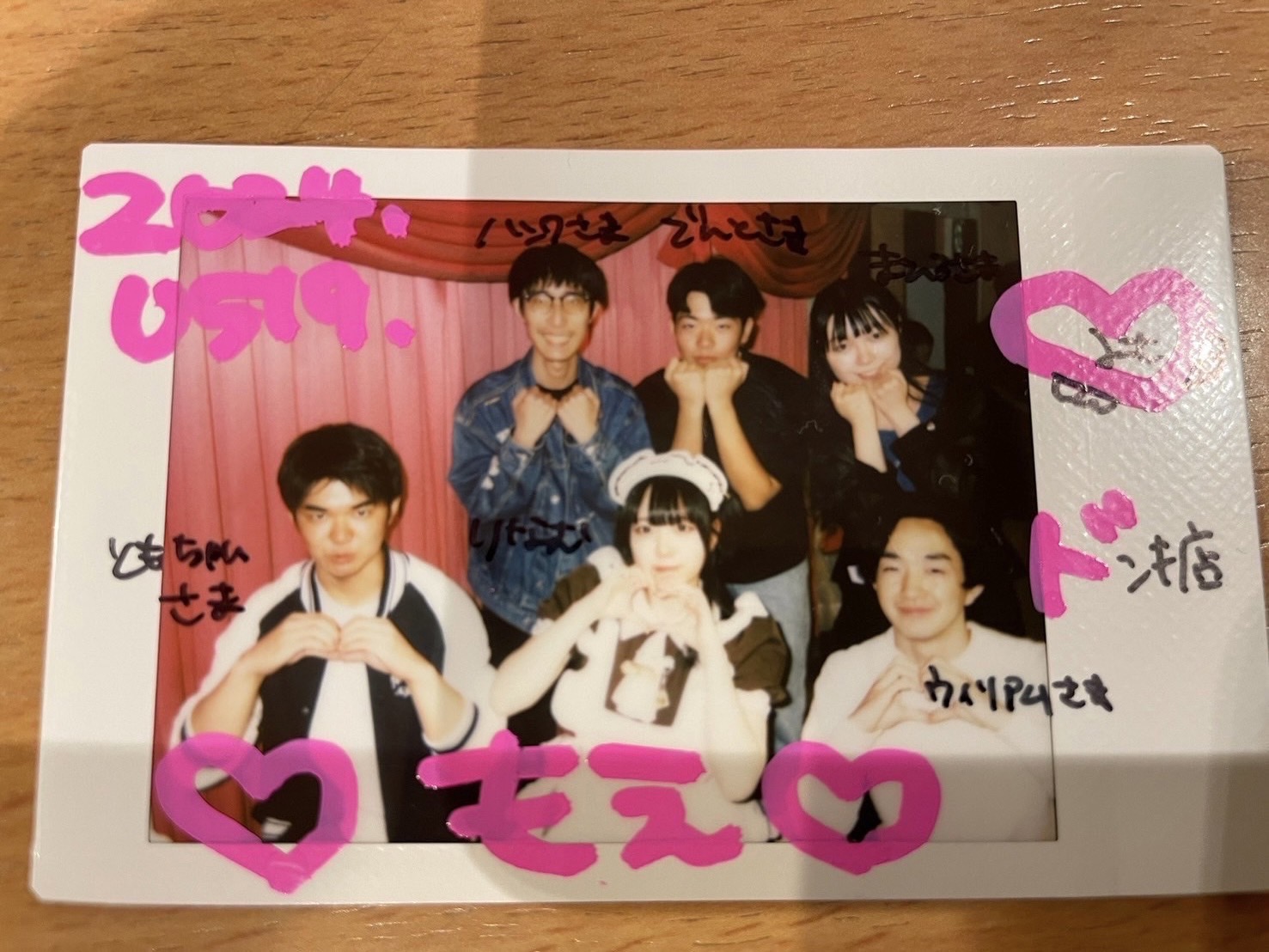WARIBASHI That Is a Single-Use OMOTENASHI
Japanese people are “omnivorous.” They don’t eat only dried horse mackerels and miso soup every day at home. They also eat hamburgers, pepper steak, marinade, and salads, which come from various cultures. They have the custom to eat most of the food by chopsticks. There are pasta restaurants that serve pasta with chopsticks instead of a fork.
Now, eating by chopsticks is part of identity that Japanese people have. Historically, Japanese chopsticks have played two roles: tools for festivities and everyday tableware. Chopsticks were originally the sacred tools which Japanese people and gods eat together to pray for a rich harvest and their prosperity. Although people use the same lacquered chopsticks many years at home these days, the chopsticks served for guests are single-use and disposable. Present day, disposal chopsticks are called Waribashi and widly used at restaurants. The special Waribashis are used on the New Year as well as wedding ceremonies. On these occasions, humans must use the one end of the chopsticks and reserved the other end for a god.
People often say Waribashis are the waste of natural resources. They are made of wood and most Waribashis for Japan are imported from China where white birches and aspens are cut only for making. However, Hashikatsuhonten located in Kanda, Tokyo, sells Waribashi that are made differently. Hashikatsu has a history of about seven hundred years and is a purveyor to the Imperial. Their Waribashi are made of Japanese cedar and a cypress that are grown in Yoshino, Nara prefecture, but they only use the trees that have been weeded out in forest thinning. The company protects the forest and makes good use of resources by making Waribashis.
“Chopsticks are served only for one person. Every encounter is a once-in-lifetime experience,” said Toshiharu Miyamoto, an executive managing director of Hashikatsu . The company sells Waribashi to many high-end Japanese restaurants. They do not use lacquered chopsticks because Waribashi is a part of omotenashi, so they carefully select Waribashi. They look for the right color and the right fragrance of wood that are suitable for the restaurants. However beautiful the served dishes are, they will be used for the next customers, so Waribashis, which are served for only one person, have an important meaning.
“We sell the chopsticks which are rooted in the Japanese religious tradition,” Mr. Miyamoto said. Japanese people pray through eating and it is important to consider the feelings of other people at dinner table. People’s sprits exist within the tableware.
Written by Megumi Sato
Edited by Hazuki Nakamori
Postscript
On the New Year day, I and my family use the special chopsticks that packed into paper bags, which my mother writes our name on. After the New Year day passes, we return to use our selves’ chopsticks, feeling happy and a little sad. This is because, I think, the tableware and the traditional events are closely related in Japan, and we are strongly attached to the tableware. I treasure the feeling to the tableware rooted in Japanese people. (Megumi Sato)



It is interesting to know about ‘waribashis’ and its meaning at a restaurant, specially for a person who is not used to. I think waribashis are cleaner utensils since the fact they are for exclusive use.
I found this article well written and very interesting too.